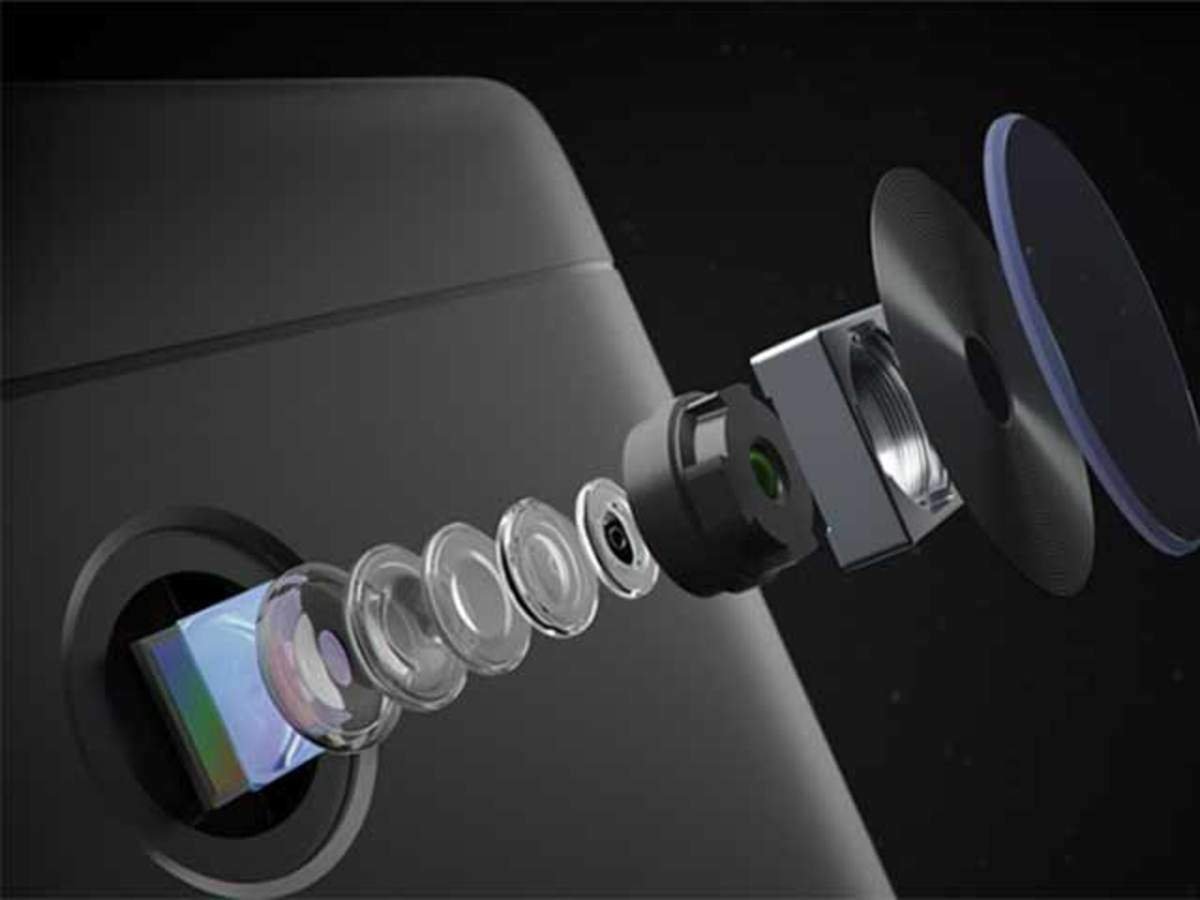How Mobile Camera Technology Works
Mobile phone cameras utilize image sensors, typically either CMOS (Complementary Metal-Oxide-Semiconductor) or CCD (Charge-Coupled Device), to capture light and convert it into electronic signals. CMOS sensors are the most common due to their low power consumption and faster readout speeds.
Mobile phones are equipped with tiny lenses that focus light onto the image sensor. Advances in lens technology have led to improved sharpness, reduced distortion, and enhanced low-light performance.
After capturing an image, mobile cameras employ advanced image processing algorithms. These algorithms correct colors, reduce noise, and enhance image quality. HDR (High Dynamic Range) and computational photography techniques are used to capture more detail in high-contrast scenes.
Many mobile cameras have autofocus systems that use contrast or phase detection to keep subjects sharp. Some newer phones even feature laser or depth-sensing technology for faster and more accurate focusing.
The aperture size, measured in f-stops, controls the amount of light that enters the camera. A wider aperture (lower f-stop) allows more light, which is crucial for low-light photography.
The number of megapixels in a mobile camera doesn’t solely determine image quality. However, higher megapixels can result in larger, more detailed photos, as long as the sensor and image processing are up to par.
Quality Improvements
Sensor Technology: Advancements in sensor technology have led to larger sensors with better low-light performance and higher dynamic range.
Multiple Lenses: Dual or triple-lens camera setups allow for various shooting modes, including wide-angle, ultra-wide, and telephoto, offering more versatility to users.
AI and Machine Learning: Mobile cameras use artificial intelligence and machine learning to recognize scenes, optimize settings, and apply real-time enhancements, such as background blur (bokeh) and noise reduction.
Night Mode: Night mode features capture multiple exposures and merge them to create well-exposed, noise-free photos in low-light conditions.
Optical Image Stabilization (OIS): OIS compensates for camera shake, resulting in sharper images, especially in low light or when using telephoto lenses.
Improved Video Capabilities: Mobile cameras now offer 4K video recording, slow-motion, and even professional-grade features like manual controls and log profiles.
Zoom Technologies: Periscope and folded optics allow for optical zoom capabilities without significantly increasing the phone’s thickness.
Raw Photography: Some smartphones offer the ability to capture raw image files, allowing for greater post-processing flexibility.
Conclusion
Mobile phone cameras have evolved into powerful imaging tools, combining advanced hardware and software to provide users with the means to capture stunning photos and videos. As technology continues to advance, we can expect even more improvements in image quality, allowing mobile cameras to rival traditional digital cameras in terms of versatility and performance. With constant innovation, it’s an exciting time for mobile photography enthusiasts and professionals alike.
